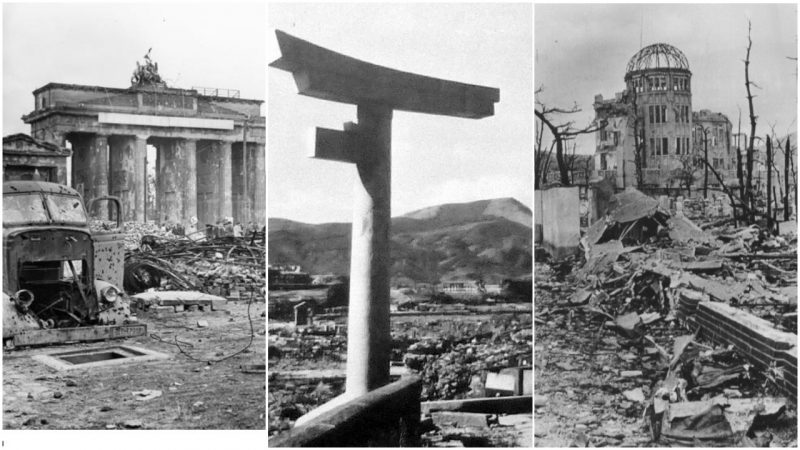World history is full of hazardous events that sometimes cause entire cities to turn into ashes and ruins. In Ancient Rome, a violent volcano eruption virtually buried the ancient city of Pompei.
The 1906 earthquake and fire of San Francisco is deemed to be one the worst American urban disasters of all times. In other cases, it is men not nature that has caused disasters more terrible than even the highest magnitude earthquakes.
When disasters strike, there is no guarantee who will survive or which place will be spared from destruction. There are some fascinating landmarks around the world that have resisted the forces of devastation and stood the test of time. The resilience of these landmarks has given them an iconic status, so here are some of them.
Sannō Shrine, Nagasaki
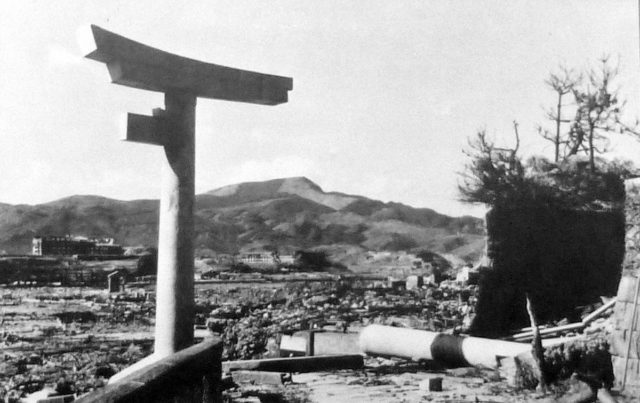
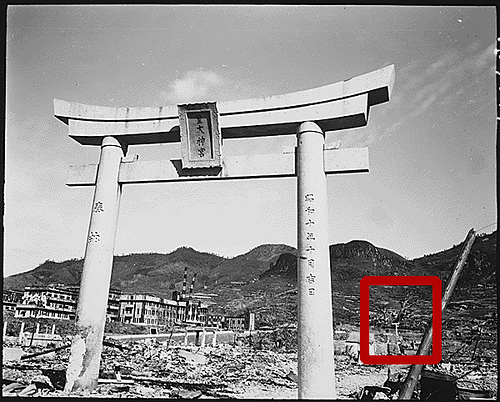
The atomic bombs on Hiroshima and Nagasaki resemble one of the most devastating and horrible events in world history caused by humans. The nuclear blasts that concluded WWII led to vast areas of these two cities to be reduced to rubble.
Just 2600 ft from the hypocenter of the atomic bomb in Nagasaki, a one-legged stone torii at the entrance of the Sannō Shrine (Mountain king shrine) stands having survived the blast. Alone in the ruins, this torii speaks volumes about the horrifying blast that took place on August 9, 1945.
The destructive force of the bomb knocked down one of the support columns of the entrance, but by some kind of miracle, the other column remained standing, although left just slightly rotated by about 30 degrees.
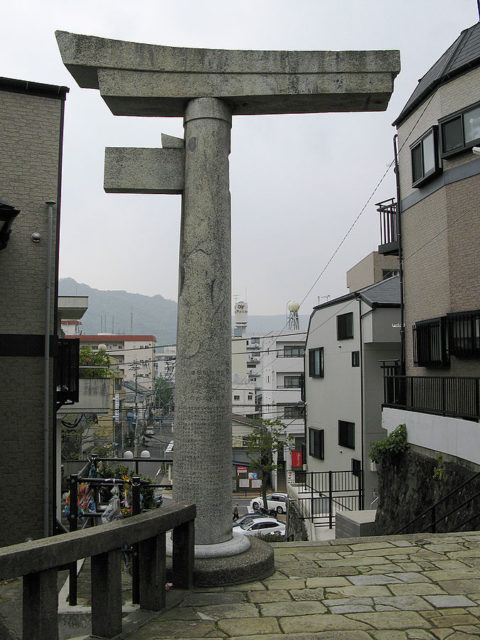
At the same site of the shrine, the atomic bomb also blew away the branches and leaves of two very precious camphor trees which were over five centuries old. Though at first it was thought the trees would die, they slowly started to recover.
Over time, the dead parts of the living trees were wrapped by new life. Today, the camphor trees and the one-legged torii are a living symbol that even after harsh destruction and death, life can still persist.
Genbaku Dome, Hiroshima
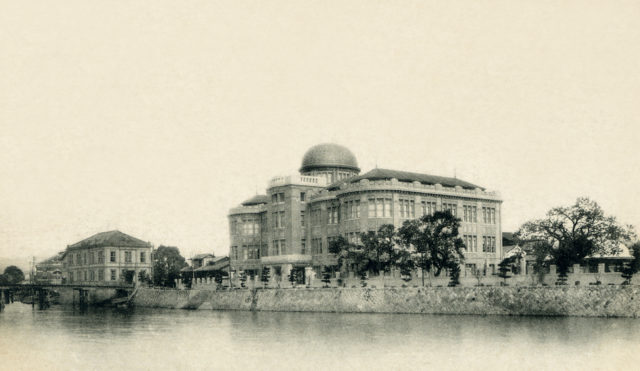
It was a building with a distinctive dome and it was completed in April 1915. Named as the Product Exhibition Hall, this building was originally designed by a Czech architect known as Jan Letzel. Located in the heart of the business district of Hiroshima, the edifice was once used primarily for arts and education exhibits.
At 8:15 am on August 6th, 1945, the notorious B-29 bomber, Enola Gay dropped the Little Boy, the first ever atomic bomb to be used in war, on the city of Hiroshima. The force of the atomic bomb leveled the city to the ground, but the single standing building left near the bomb’s hypocenter, although severely damaged, was the Product Exhibition Hall.
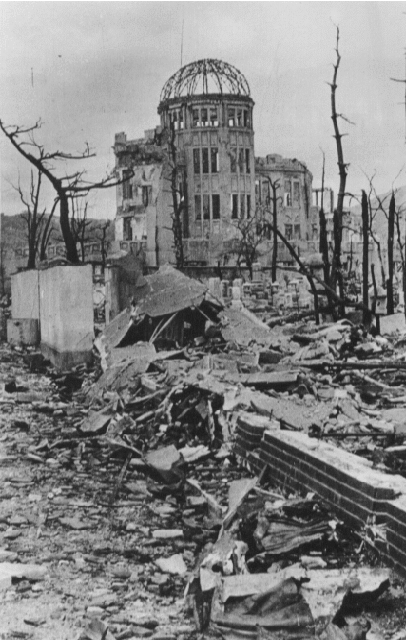
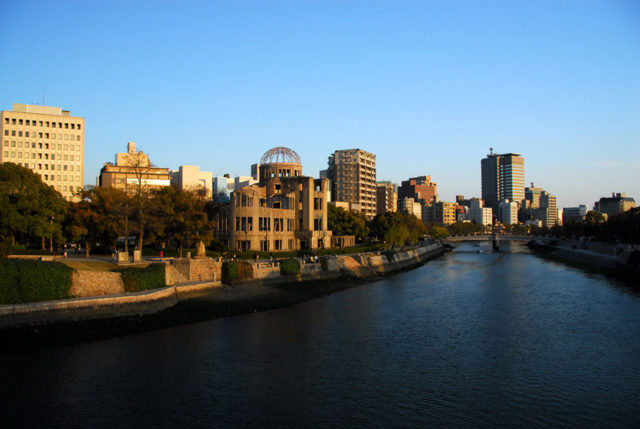
Very quickly, locals started to refer to the hall as the Genbaku (“A-Bomb”) Dome because of the dominant metallic dome framework at its apex. In the subsequent years, there were many debates over whether the Genbaku Dome should be torn down or if it should be preserved as a memorial of the nuclear blast.
By the mid-1960’s, the Hiroshima Peace Memorial Park was established around the site of the Dome, and by 1966, an official decision was brought that the Genbaku Dome would be permanently preserved under the name Hiroshima Peace Memorial.
The dome remains to be the memorial park’s main landmark, and moreover, a powerful reminder that the atomic bomb took more than 70,000 lives at the time of the detonation, while another 70,000 had suffered fatal injuries due to radiation.
Chicago Water Tower
Sitting peacefully at 806 North Michigan Avenue, the Chicago Water Tower makes a prominent landmark of the Old Chicago Water Tower District. It was built in 1869 by architect William W. Boyington and is made of amusing yellowing Joliet limestone.
The tower is 154 ft tall and its primary purposes were for firefighting as well as regulating the pipe’s pressure in the surrounding area in case of water surges.
However, it was neither its looks nor its purpose that brought fame to this tower. Way back in 1871, the Great Chicago Fire diminished large portions of the city, but the Water Tower thrived.
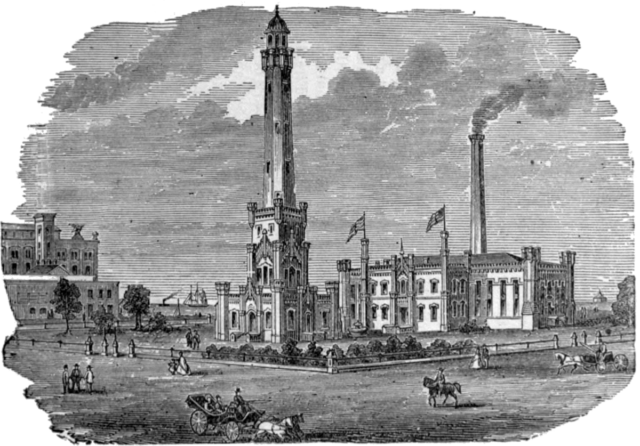
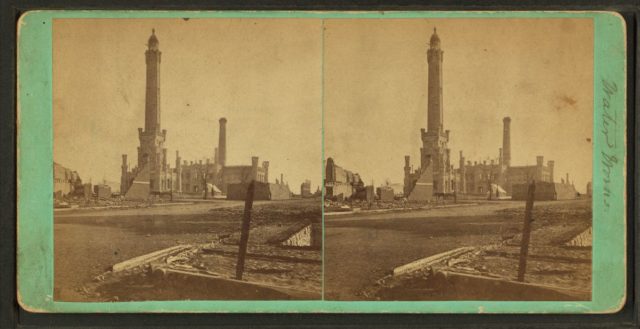
The tower was also the single public building within the burnt zone of the city to have survived and is one of the only few surviving edifices since then still standing. Throughout the years, it has evolved into an iconic image of old Chicago and is a reminder that the city once recovered from a very dangerous fire.
To maintain its authentic look, officials have so far commissioned two renovations of the historic site. During the reconstruction work, interventions were mostly done in the interior of the building with only minor adjustments to the exterior. Many of the old limestone blocks were also replaced.
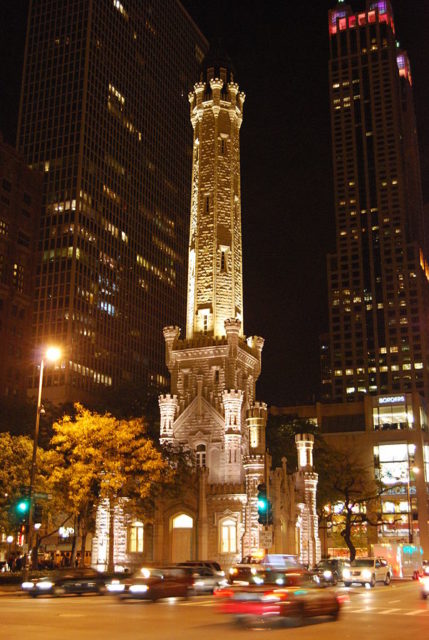
Not everybody liked this symbol of the city of Chicago, though. The famous writer Oscar Wilde had stated that it looked like a “castellated monstrosity with pepper boxes stuck all over it”. Still, the Water Tower’s castle-like style and ambiance influenced other designs, such as the many White Castle restaurant buildings. Since 1969, the tower is also distinguished as an American Water Landmark.
The Brandenburg Gate, Berlin
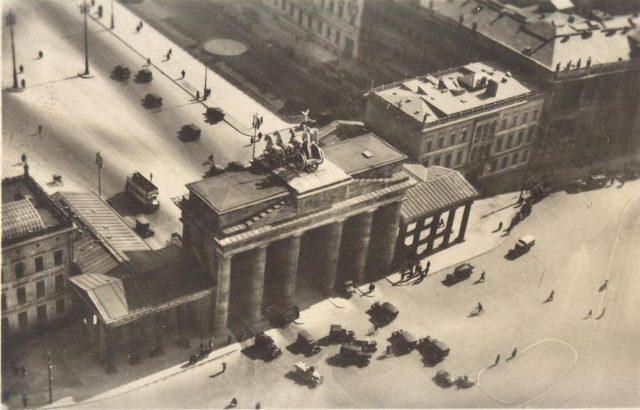
During WWII, Berlin was subjected to a total of 363 air raids. These raids had caused extensive damage to the city’s infrastructure and huge loss of life in the German capital.
Reportedly, British bombers had dropped over 45,000 tons of bombs alone, and the Americans around 23,000 tons on the capital. By May 1945, almost 40% of the population of Berlin had fled the city, that is nearly 1.7 million people in total.
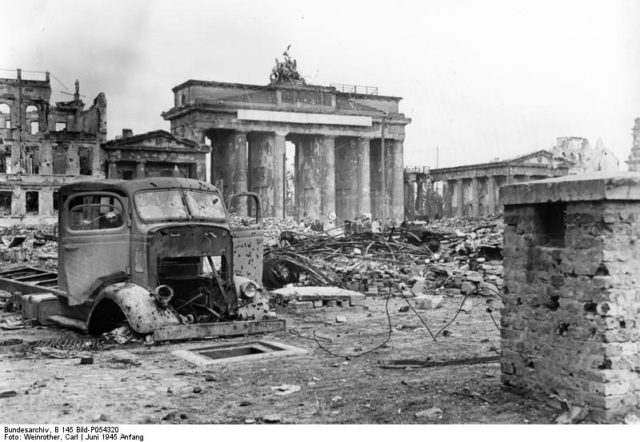
The Brandenburg Gate, the 18th-century neoclassical monument, was built on the site of a former city gate, and over time, has become a symbol of Berlin and Germany as a whole. When the Nazis took power, they used the gate as their party symbol.
When the world war concluded in Germany, the Brandenburg Gate, although badly damaged, was among the rare things that somehow survived all those bombs. The gate was still standing in the Pariser Platz, along with the Academy of Fine Arts.
The gate had huge holes in the columns caused by bullets and nearby detonations. Only one single horse’s head had endured from the original quadriga, and nowadays, it can be found in the collection of the Märkisches Museum.
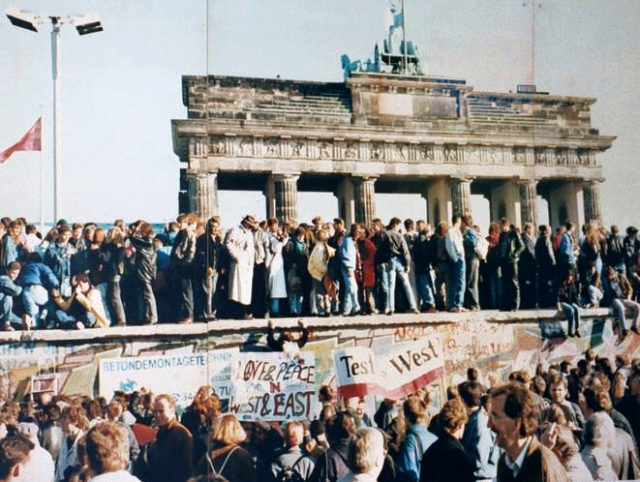
The Brandenburg Gate became a sad symbol of the division of both Berlin and Germany following WWII. The Gate stood exactly between East Berlin and West Berlin, making up part of the impervious Berlin Wall.
After Germany was finally peacefully reunified, the Brandenburg Gate was renovated and today stands as an emblem of the dark past of Europe and Germany, but also of peace and unity on the old continent.
The Miracle Pine at the site of Takata-Matsubara
The Tōhoku earthquake that hit the Japanese coast in 2011 and was then followed by a tsunami, will certainly be remembered as one of the greatest natural catastrophes of the 21st century.
The consequences were shocking, especially as the tsunami caused nuclear accidents and the meltdowns of three reactors at the Fukushima Daiichi Nuclear Power Plant site.
Thousands of people died because of the earthquake and tsunami, and those who survived were rapidly evacuated from the affected Japanese prefectures.
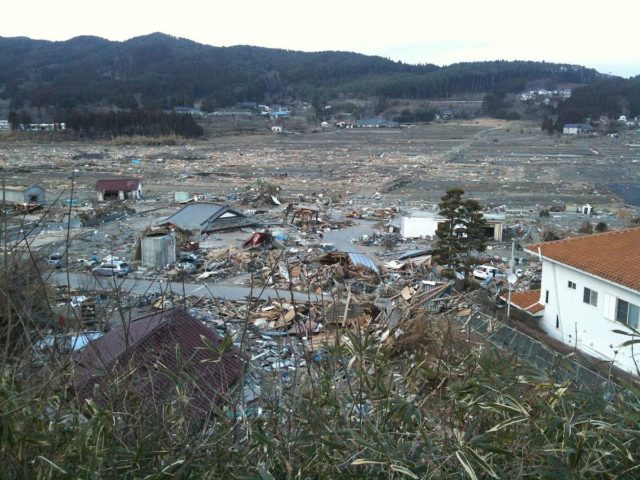
The catastrophe did not spare the city of Rikuzentakata, situated in the Iwate Prefecture on the eastern coast of Japan. The city was virtually “wiped off the map”. Initial reports had suggested that up to 400 bodies were found dead in the town, and an illustrated BBC report from 14 march 2011 had shown devastating photos of the city being entirely flattened.
Despite that Rikuzentakata was deemed to be well prepared for big earthquakes and tsunamis, having installed a 21-foot-high seawall, the outcome of the 2011 event was heart-breaking.
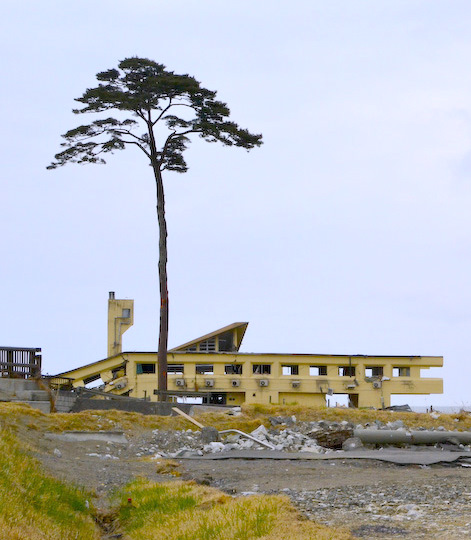
Along with approximately 8,000 houses that were demolished in the city, a nearby local attraction also fell victim to the tsunami. Takata-Matsubara used to be a 1.2 miles long stretch of shoreline inhabited by up to seventy thousand pine trees. Counted as one of the most beautiful natural sites in Japan, in 1940, Takata-Matsubara was designated as a Place of Scenic Beauty.
Once the tsunami wiped away the shore, all that was left out of this gem of nature, was a single, two-hundred-year-old pine tree. Six months later, due to coastal erosion and increased levels of salt in the soil, the surviving tree died. By 2013, authorities had replaced the dead tree with an artificial one, to stand as a landmark and reminder of what was once an astounding work of nature.
